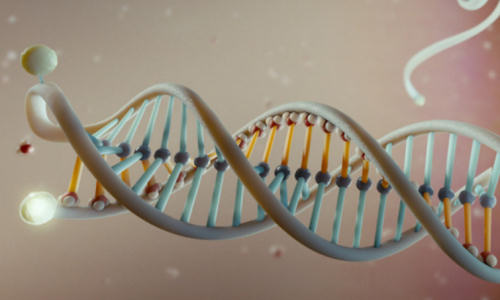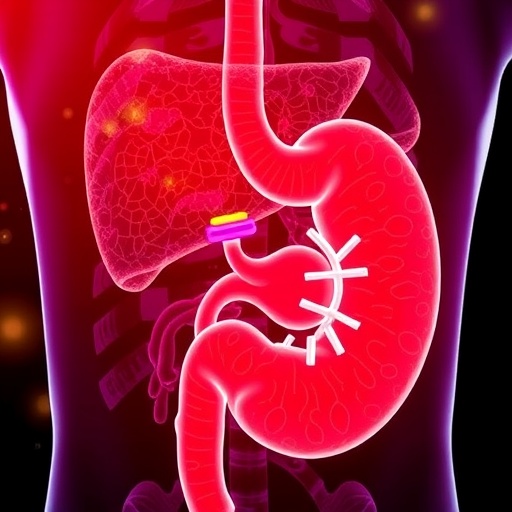Bioengineers at the University of Rome Tor Vergata and the University of Montreal have used DNA to develop a tool that detects and reacts to chemical changes caused by cancer cells and that may one day be used to deliver drugs to tumor cells.
The researchers’ nanosensor measures pH variations at the nanoscale — how acidic (a higher pH level) or alkaline (a lower pH level) it is. Many biomolecules, such as enzymes and proteins, are strongly regulated by small pH changes. These changes affect in turn biological activities such as enzyme catalysis, protein assembly, membrane function and cell death. There is also a strong relation between cancer and pH.
Cancer cells often display a lower pH compared to normal cells: the pH level inside cancer cells is higher than it is outside. “In living organisms, these small pH changes typically occur in tiny areas measuring only few hundred nanometers,” says senior author Prof. Francesco Ricci. “Developing sensors or nanomachines that can measure pH changes at this scale should prove of utility for several applications in the fields of in-vivo imaging, clinical diagnostics and drug-delivery.”
“DNA represents an ideal material to build sensors or nanomachines at the nanometer scale” says senior author Prof. Vallée-Bélisle. “By taking advantage of a specific DNA sequences that form pH-sensitive triple helix, we have designed a versatile nanosensor that can be programmed to fluoresce only at specific pH values.” Fluorescence is the emission of radiation, including visible light, caused by an exchange of energy. “This programming ability represents a key feature for clinical applications -we can design a specific sensor to send a fluorescent signal only when the pH reaches a specific value which is, for example, characteristic of a specific disease,” adds first author Andrea Idili.
In the future, this recently patented nanotechnology may also find applications in the development of novel drug-delivery platforms that release chemio-therapeutic drugs only in the viscinity of tumor cells.
Story Source:
The above story is based on materials provided by Universite de Montreal.





